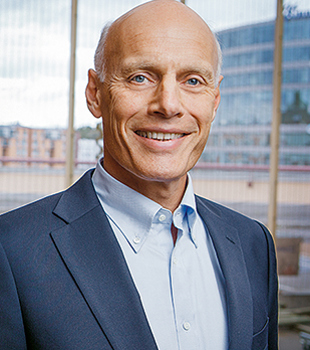Bonn, Germany In the grey morning mist, delegates and observers from all over the world hurry through the park on the bank of the Rhine, south of Bonn, to attend the COP23 climate conference. The conference centre is buzzing with people keen to put forward their ideas, advances, concerns or questions on the climate front. Pavilions of various shapes and sizes reflect the opportunities and ambitions of the respective countries or organisations. The programme of seminars and events running alongside the political negotiations serves up colourful diversity with plenty of energy. Although several of the pavilions represent countries with what we would consider far from acceptable levels of democracy, everyone seems to share the view that something has to be done to meet the challenges faced by humanity.
Standing in the middle of the busy crowd, I reflect on what has happened over the 50 years that the current Timber Prize anniversary is celebrating. Issues of climate change and the environment were not on the global agenda half a century ago. Back then wood, a material currently being lauded for its climate benefits, was only used in the simplest of contexts. Wood construction has made dramatic and positive progress, particularly over the past 20 years.
The bioeconomy seminar that I took part in was organised by the Nordic Council of Ministers (NCM). The common thread was the Nordic concept of the bioeconomy, based on making full use of our renewable resources. We need to manage the forest and utilise the material through reuse and recycling. With a global construction sector that accounts for around 40 percent of all resource and energy consumption, climate-efficient construction in wood is key. In 2018, Sweden will hold the Presidency of the NCM and wood construction will be one of its focus areas.
I left the COP23 conference with the insight that the global challenge is being tackled through local engagement. Diversity is providing collective strength. Regional and local initiatives and actions are the backbone of concrete climate work, as exemplified in Sweden by the municipal wood construction strategies that are now emerging.

